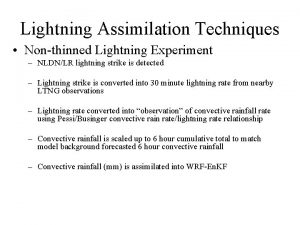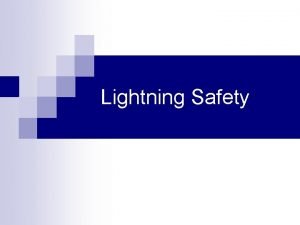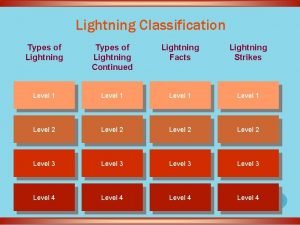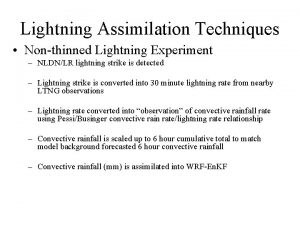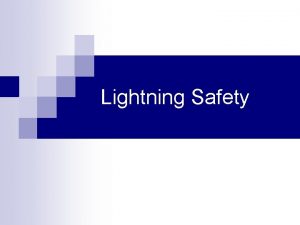A New Approach for New Datums lightning talk








- Slides: 8

A New Approach for New Datums (lightning talk) Ronnie Taylor Deputy Director, National Geodetic Survey Ronnie. Taylor@noaa. gov

Future Geometric (3 -D) Datum Ø replace NAD 83 with new geometric datum – by 2022 Ø CORS-based, via GNSS Ø coordinates & velocities in ITRF and official US datum (NAD 83 replacement: plate-fixed or “ITRF-like”? ) & relationship Ø passive control tied to new datum; not a component of new datum Ø address user needs of datum coordinate constancy vs. accuracy • lat / long / ellipsoid height of defining points accurate to 1 mm, anytime • CORS coordinates computed / published daily; track changes • support development of real-time networks

Future Geopotential (Vertical) Datum Ø replace NAVD 88 with new geopotential datum – by 2022 Ø gravimetric geoid-based, in combination with GNSS Ø monitor time-varying nature of gravity field Ø develop transformation tools to relate to NAVD 88 • build most accurate ever continental gravimetric geoid model (GRAV-D) • determine gravity with accuracy of 10 micro. Gals, anytime • support both orthometric and dynamic heights • Height Modernization is fully supported

q NAD 83 Why New Datums? o NON-geocentric; inconsistent with GNSS positioning o difficult to maintain consistency between CORS & passive network NAD 83 coordinates o lack of velocities; NAD 83 does not report station motion for passive marks q NAVD 88 o cross-country build up of errors (“tilt” or “slope”) from geodetic leveling o passive marks inconveniently located and vulnerable to disturbance and destruction o 0. 5 m bias in the NAVD 88 reference surface from the (best) geoid surface approximating global mean sea level o subsidence, uplift, freeze/thaw, and other crustal motions invalidate heights of passive marks, and can make it difficult to detect such motions o marks lacking adequate geophysical models - complicate sea level change detection o changes to Earth’s gravity field cause changes in orthometric heights, but NAVD 88 does not account for those changes (NAVD 88 based on a static gravity model) o gravity model and modeling techniques used to determine NAVD 88 are not consistent with those currently used for geoid modeling

New geometric datum minus NAD 83 (horizontal)

New geometric datum minus NAD 83 (ellipsoid height)

And now, the rest of the story. . . Orthometric Heights (a. k. a. NAVD 88 elevations) “By 2022 2018, a new geopotential datum (for orthometric and dynamic heights) is defined and realized through the combination of GNSS technology and gravity field modeling. ” In other words, orthometric heights will NOT be based on leveling data; they too will change.

Gravity for the Redefinition of the American Vertical Datum (GRAV-D) Gravity and Heights are inseparably connected • Replace the Vertical Datum of the USA by 2022 (at today’s funding) with a gravimetric geoid accurate to 1 cm • Orthometric heights accessed via GNSS accurate to 2 cm • Three thrusts of project: – Airborne gravity survey of entire country and its holdings – Long-term monitoring of geoid change – Partnership surveys • Working to launch a collaborative effort with the USGS for simultaneous magnetic measurement









